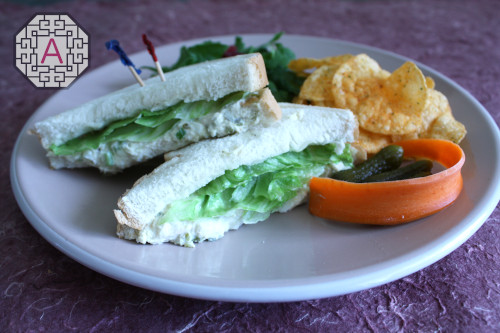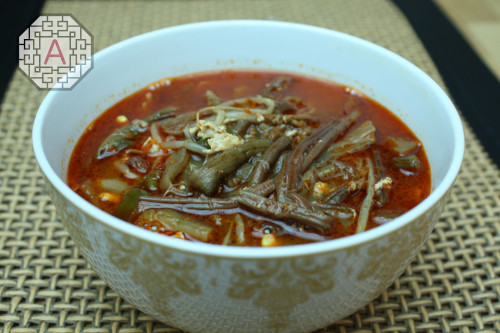
Taco salad is a favorite food of mine that I learned to make from my mother in law. Homemade tortillas, taco seasoned beef, beans, lettuce, onions, cheese, and the french salad dressing. Oh, the combination of those flavors is awesome. @.@ Yesterday, we ate this for supper, and it was very delicious, as always. I guessed somebody might want the recipe for this food, so I post pictures with recipe. Enjoy!
Yield: 2-3 Servings








